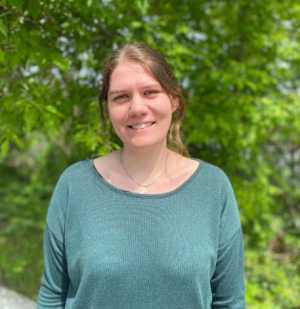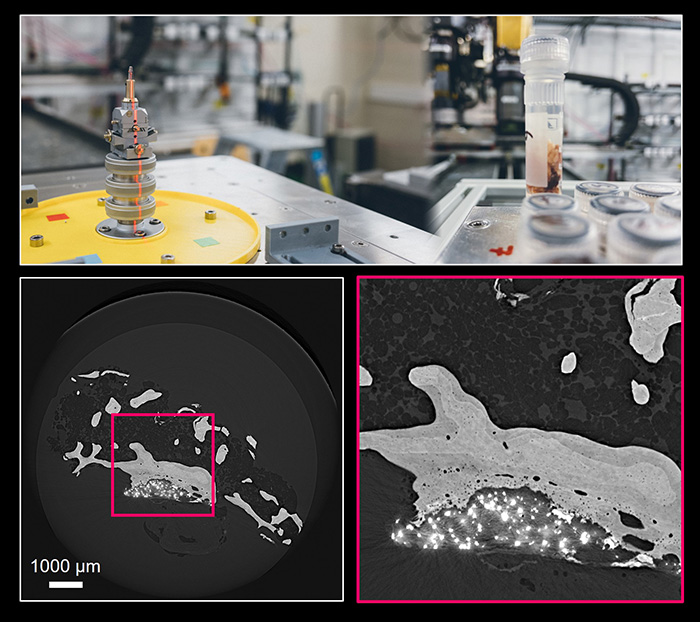Dr. Lea A. Tölken from the Department of Molecular Genetics and Infection Biology (University of Greifswald) has been awarded the 2024 Science Prize in Basic Research by the AE – German Society for Arthroplasty and the Foundation for Arthroplasty for her scientific work titled "Cobalt and Chromium Ions Impair Macrophage Response to Staphylococcus aureus Infection." The ANATOMIX beamline contributed to this work.

Dr. Lea Tölken
The award ceremony took place on December 5, 2024, during the AE Congress in Dresden. The AE – German Society for Arthroplasty and the Foundation for Arthroplasty jointly honor young scientists for their research with high clinical relevance in the field of arthroplasty.
In this clinically motivated study, Dr. Tölken investigated the impact of arthroprosthetic metal ions on the functionality of immune defense cells and the potential consequences for implant-associated orthopedic infections. She demonstrated that exposure to cobalt and chromium ions has an immunosuppressive effect on macrophages. As a result, the immune cells are unable to respond adequately to bacterial infections.
This research was conducted in close collaboration with the Department of Orthopedics, Trauma Surgery, and Rehabilitation Medicine at University Medicine Greifswald. The collaboration between specialized infection biologists at the University of Greifswald and clinical and application-focused researchers at the University Medicine Greifswald opens new horizons for innovative approaches in the prevention, diagnosis, and treatment of implant-associated infections—a crucial step towards sustainably improving patient safety in arthroplasty.
Thanks to X-ray tomography experiments carried out at ANATOMIX Beamline, Lea and her team were able to detect, in human bone samples, degradation products from arthroplasty implants, containing Co and Cr ions. This exposure to Co and Cr ions, identified at SOLEIL, leads to functional impairments in patients' immune cells, placing them at a higher risk of joint infections. Periprosthetic joint infections, in particular, are a very serious complication due to a high mortality rate. This work can contribute to improving patient safety in orthopedic surgery.

Figure 1: Experimental setup at the ANATOMIX X-ray tomography beamline for the detection of arthroprosthetic metal particles in human tissue samples (top). CT section showing exposure to metal particles in intraoperatively obtained bone samples at the periprosthetic bone–implant interface (bottom).
